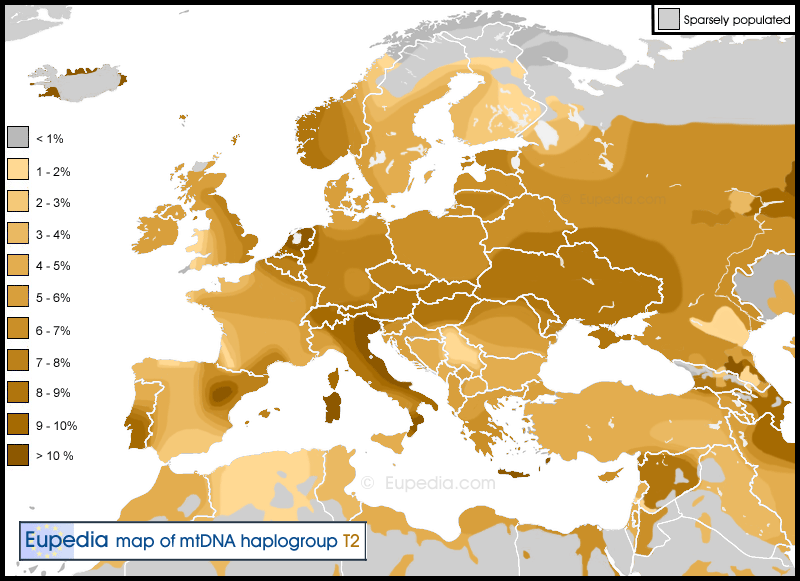discuss
Hello Wolfie. Thanks. Interesting question.
Try mulling over different scenarios. I'd be happy to discuss. Don't forget ALL of the salient features.
Cheers.
LC
Hello Wolfie. Thanks. Interesting question.
Try mulling over different scenarios. I'd be happy to discuss. Don't forget ALL of the salient features.
Cheers.
LC





Comment